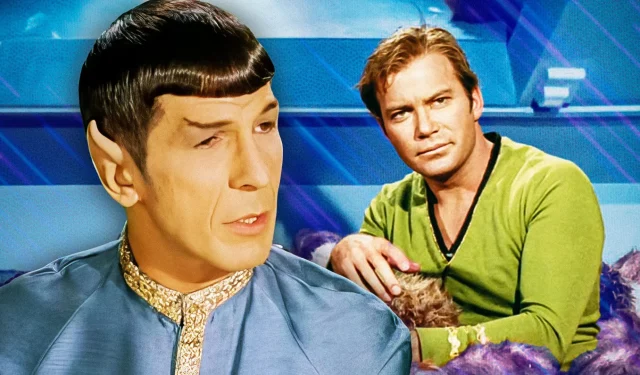
Star Trek: The Original Series, which debuted in 1966, has become a cornerstone of science fiction and launched a beloved franchise that continues to thrive almost 60 years later. Centered around Captain James T. Kirk (played by William Shatner) and his esteemed crew aboard the USS Enterprise, the series introduced audiences to Gene Roddenberry’s visionary interpretation of a hopeful future. The dynamic between Captain Kirk, Spock (Leonard Nimoy), and Dr. Leonard McCoy (DeForest Kelley) solidified their status as iconic figures, leaving an indelible imprint on popular culture.
Unlike today’s heavily serialized television shows designed for binge-watching, the 1960s landscape was dominated by episodic storytelling. Each episode of Star Trek: The Original Series presents a self-contained narrative, making the viewing order less critical than it is for contemporary series. Yet, some character arcs and plot elements have lasting repercussions across episodes, inviting fans to explore the evolving tapestry of the series. Notably, NBC’s decision to air episodes in a non-chronological order adds a layer of complexity to the viewing experience.
The Two Viewing Orders of Star Trek: The Original Series
NBC’s Nonlinear Approach to Airing Episodes
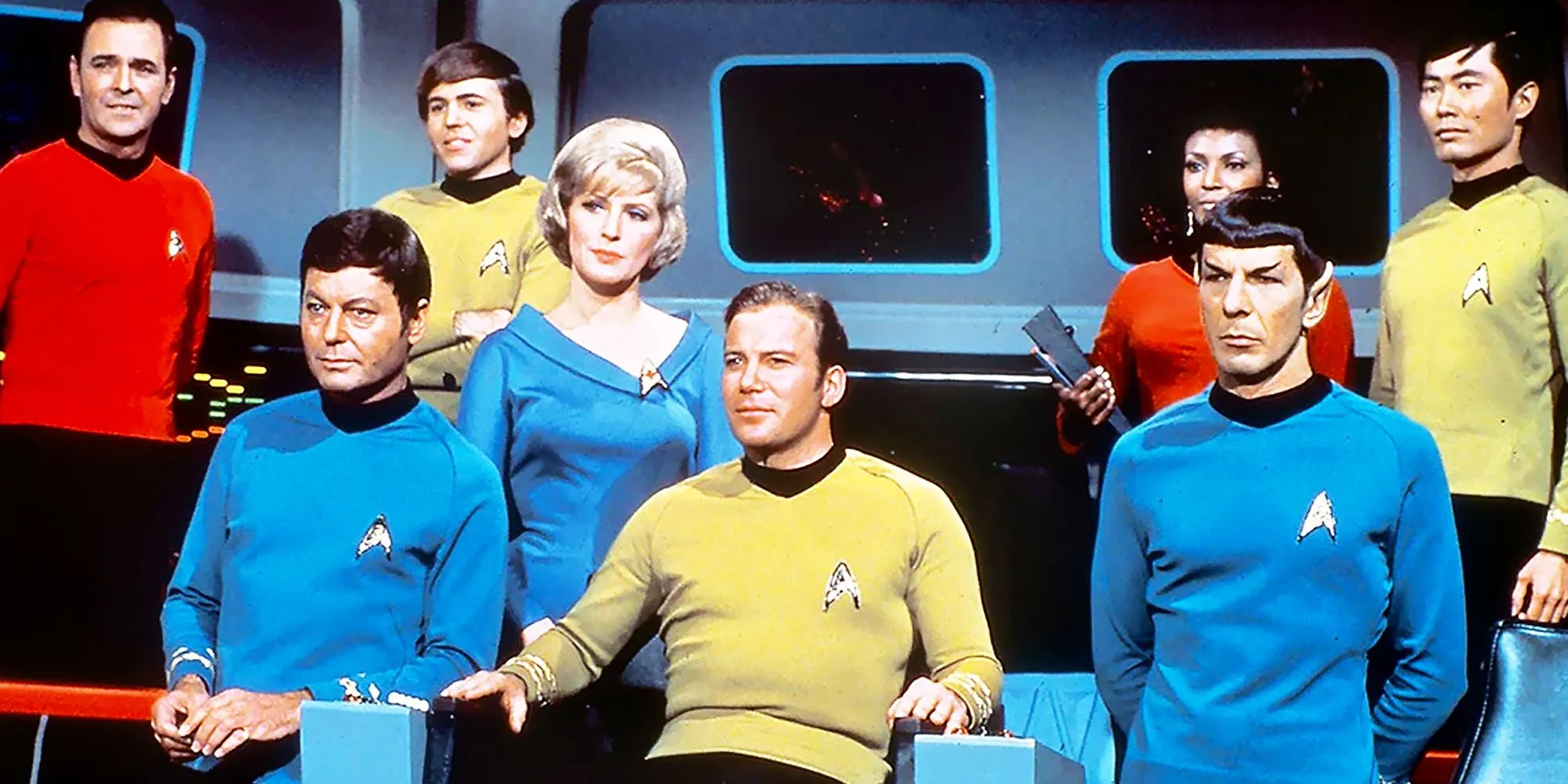
The debate over the best way to watch Star Trek: The Original Series rages on. Most episodes can indeed stand alone, allowing for flexible viewing. However, the series was produced sequentially. Gene Roddenberry, the series creator, initially faced skepticism regarding the show’s prospects; NBC even rejected the original pilot titled “The Cage,”leading to the development of a second pilot, “Where No Man Has Gone Before.”
Interestingly, “Where No Man Has Gone Before”was not the premiere episode aired by NBC. The network often made decisions based on what it believed would appeal most to audiences, leading to several changes in the airing order. For example, NBC favored action-packed episodes at the onset to entice viewership, and production delays sometimes forced alternative episodes to air in place of those originally intended.
The Benefits of Watching Star Trek: The Original Series in Production Order
Production Order: True to Roddenberry’s Vision
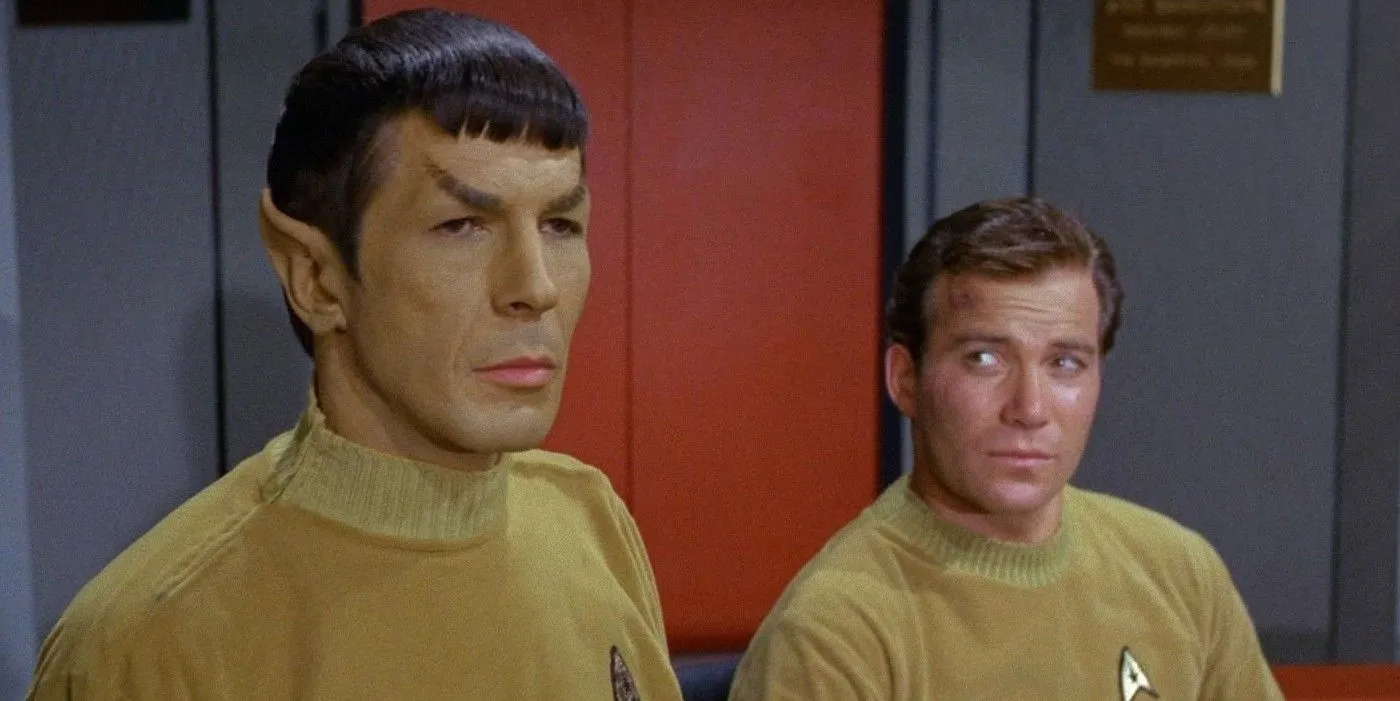
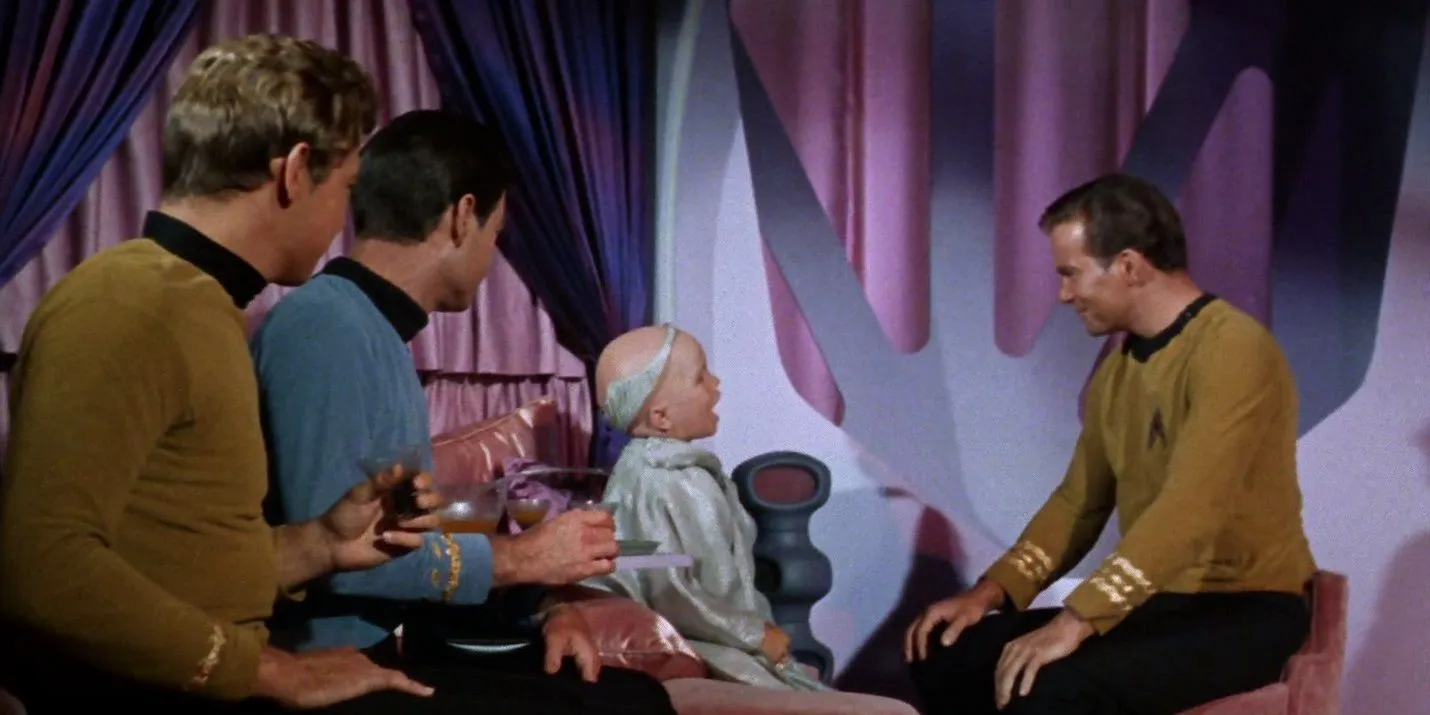
While both viewing orders have their merits, a significant number of fans lean towards the production order for a more authentic experience. Watching in production order allows viewers to better grasp the nuanced developments across the early episodes, such as shifts in uniforms and character portrayals, offering a more coherent understanding of the narrative progression. For instance, Dr. Mark Piper (Paul Fix) serves as the Enterprise’s physician in the pilot, which can confuse viewers if not seen in the original production sequence.
This method not only adheres to Roddenberry’s original intent but also showcases how character arcs and relationships evolve over time. Important character introductions, like Yeoman Janice Rand (Grace Lee Whitney) in “The Corbomite Maneuver,”are more impactful when viewed in the context of production order.
Experiencing Star Trek: The Original Series in Release Order
Broadcast Order: A Nostalgic Journey
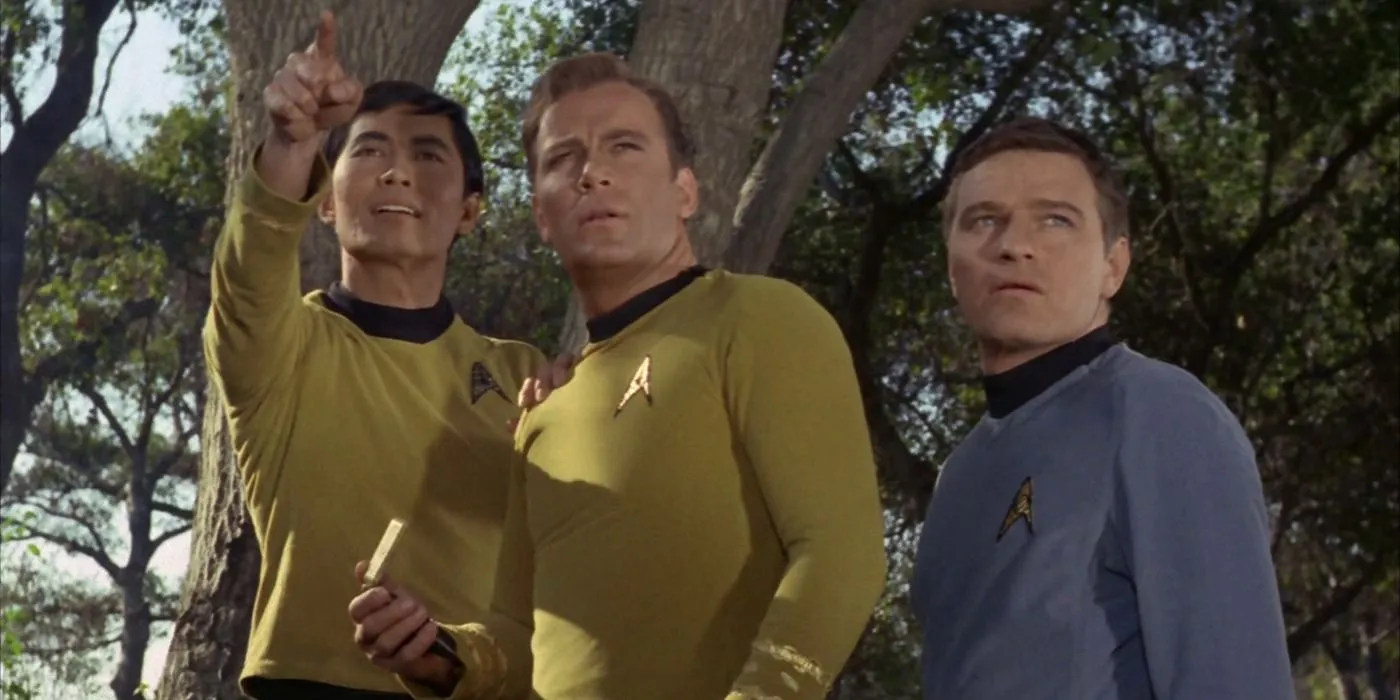
Conversely, many viewers advocate for the broadcast order. Most modern distributions, including DVD/Blu-ray collections and streaming platforms, present episodes according to their air dates, which naturally appeals to many fans seeking an uncomplicated watching experience. For casual viewers, the simplicity of following the listed episodes without rearranging them can be more inviting.
There is something intrinsically nostalgic about watching Star Trek: The Original Series in the same order as original fans did back in the 1960s. The minor inconsistencies regarding uniforms or dialogue, while noticeable, do little to detract from the overall enjoyment. While viewers may never replicate the authentic experience of the first-generation fans, watching in broadcast order remains a close second.
Choosing the Best Order for Star Trek: The Original Series
Why Production Order Reigns Supreme
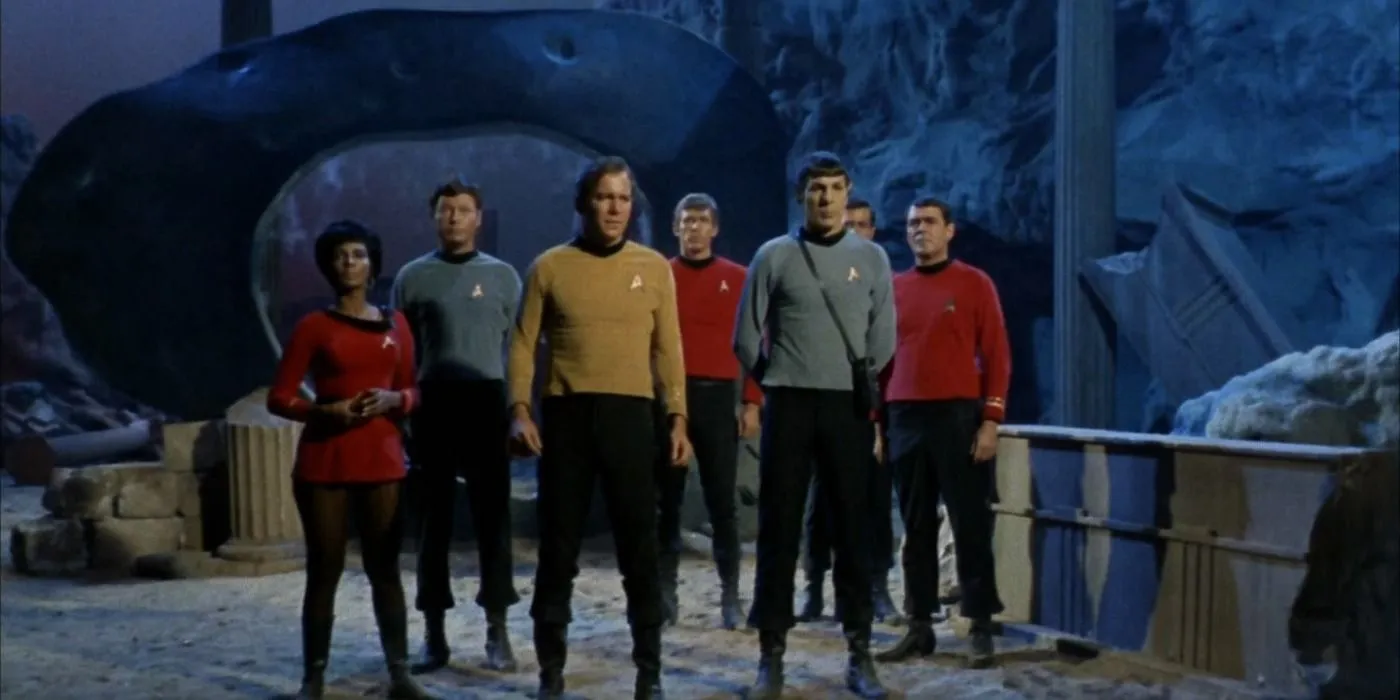
Ultimately, viewers can enjoy Captain Kirk and Mr. Spock’s adventures in any sequence, as each episode holds its unique charm. However, watching Star Trek: The Original Series in production order unveils a richer and more coherent narrative, aligned with Gene Roddenberry’s vision. This method effectively highlights the series’ evolution in terms of character development, costuming, and set design. In the 1960s, television networks largely overlooked the importance of continuity, allowing NBC’s arbitrary airing choices to guide the viewing experience.
In contrast, modern shows, like Star Trek: Strange New Worlds, embrace an episodic format while incorporating serialized storytelling, creating a different dynamic. For earlier series like Star Trek: The Original Series, fans often regard production order as the definitive approach to reliving the USS Enterprise’s original voyages.




Leave a Reply